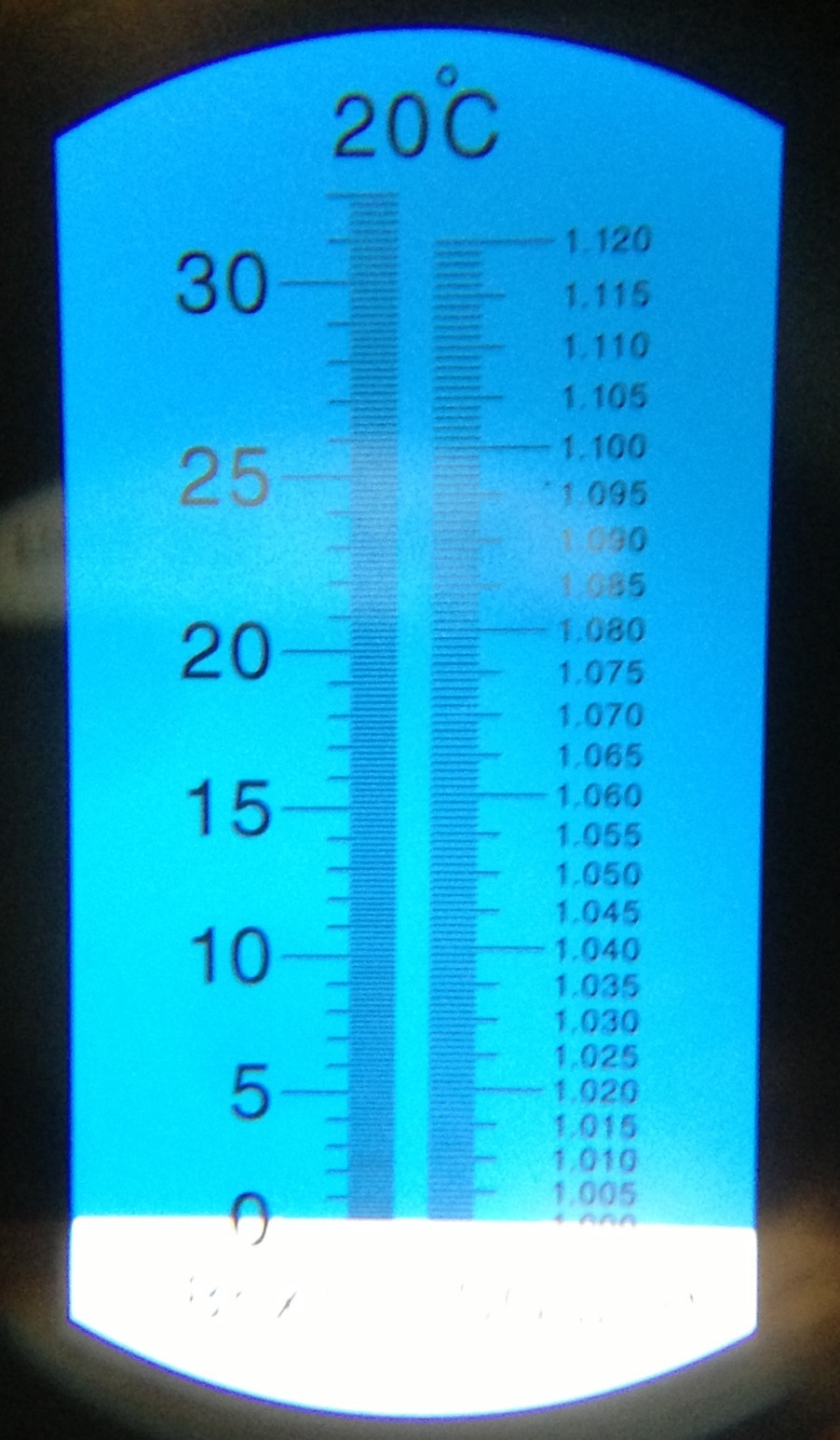"Can you elaborate on why you didn't think his approach would not have resulted in determining the refractometer was accurate or not? Also, he didn't say he used the 4x approximation here.
I thought using a calibration standard (the x amount of DME in water) after zeroing it to distilled water was a pretty solid way of determining accuracy. Its more than I typically do (just zero to distilled water). He could have used two calibration standards, but that is probably overkill."
Every refractometer I've ever seen uses the 4x adjustment. The actual version is non-linear.
Calibrating a refractometer at 2 points works just fine - for brix and plato. It's the conversion from those to SG that doesn't work.
SG = 1+ (plato / (258.6 ( (plato/258.2) *227.1) ) )
When the gravity is low eg 10 plato or 1.040, the (plato/258.2*227.1)=8.8 so SG = 1 + plato/(258.2-8.8) = 1+plato /(249.4) = 1+.001*4.0096*Plato. Pretty darn close for 4x.
When gravity is higher eg 20 plato, you get SG = 1+plato/(258.2-17.6) = 1+plato/(240.6) = 1+.001*4.156 plato. The difference is much larger. 0.156*20 = 3.1, so the 4x estimate would be low by 3 points.
Again, not a huge deal most of the time. However, if you use the approximation to get the OG and then another approximation to get FG, and then another approximation to correct the FG reading for alcohol (that was already off a couple points from the first approximation) ...... suddenly you're significantly off.



















![Craft A Brew - Safale BE-256 Yeast - Fermentis - Belgian Ale Dry Yeast - For Belgian & Strong Ales - Ingredients for Home Brewing - Beer Making Supplies - [3 Pack]](https://m.media-amazon.com/images/I/51bcKEwQmWL._SL500_.jpg)






































